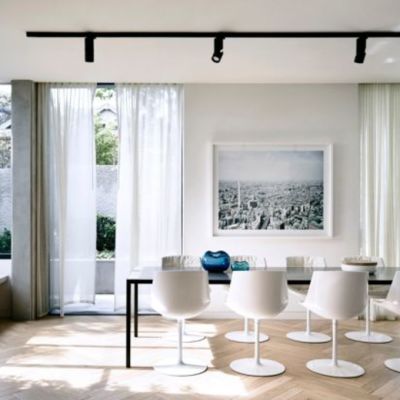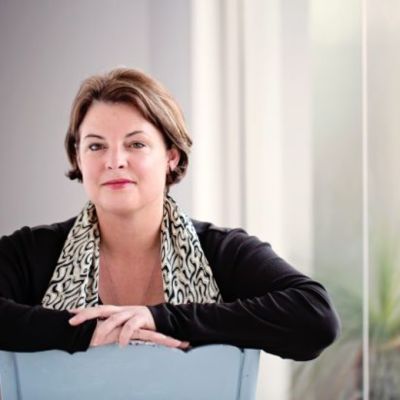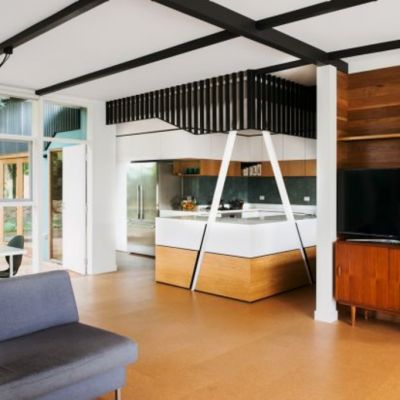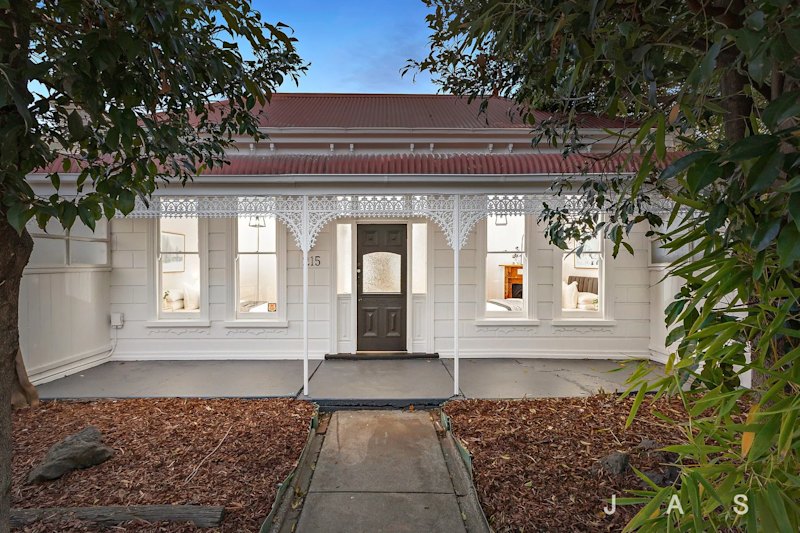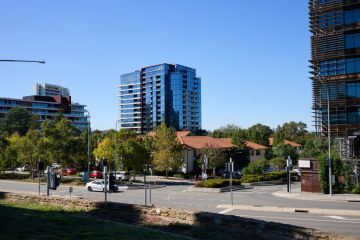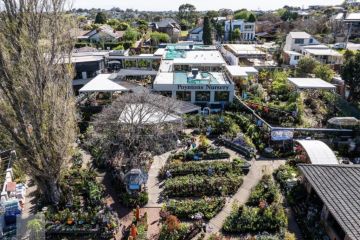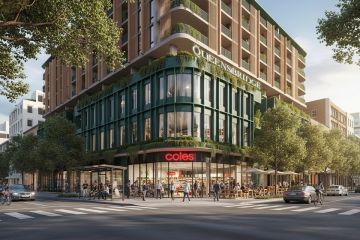The 2017 IDEA Awards bringing 'street cred' to interior design
With over 450 submissions making 2017 the biggest field ever to present projects in the 14-year history of Australia’s premier interior design excellence awards – or IDEA – the final entry gates closed at the start of this month.
And that became the signal for some of the country’s most respected designer peers to get down to the long winter business of sifting, selecting, and debating what, why and who has orchestrated the most outstanding projects in 11 different categories, from residential, to workplace, to hospitality, to events and objects.
After that, the seven jurists of the calibre of last year’s overall winner William Smart of Smart Design Studio, Albert Mo of Melbourne’s Architect’s EAT, and Hannah Tribe of Sydney’s Studio Tribe, sort out who they deem worthy of the five special awards that include the gold medal, designer of the year, emerging designer and editor’s medal. All are career-defining accolades.
Yet while the main prizes are announced in a blaze of publicity at the late November gala event, even being commended, or making the shortlist is welcome acknowledgement because, as long-time industry operative and winner of last year’s award for residential decoration, Andrew Parr underlines.
“The IDEA awards are similar to the national annual awards of the Australian Institute of Architects. They have real street cred.”
Having been in the interior design industry since he graduated from what was then Melbourne’s only specific degree course at RMIT, (“the rest were decorator courses”), Parr, a director at SJB Interiors which is in the prize or shortlists almost annually, believes the industry has matured remarkably – especially in the 17 years since the Sydney Olympics stimulated Australia to take interior design seriously.
“The industry grew up very quickly with Sydney and with a lot of high-profile hospitality venues there evolved both the work and the clientele. There had always been hotel design here, but where other hospitality work had been random, suddenly it was being done by serious designers.”
Since then, the leading and influential edge that stimulates new applications of interior design has been shifting from one category to another. Parr proposes the cross-pollination is now very blurred across all industry sectors: “There is a lot of cross-over, a lot of fusion.”
But he does cite workplace design as being the currently interesting laboratory “because office design is becoming more residential. With relaxation areas, cafes and communal spaces, offices are offering the best time you’ve ever had away from home”.
Winning the vaunted residential decoration award in 2016 for his own home, Peninsula Residence, demonstrated Parr’s preference for “composing spaces using large furniture and with colours given to me by the house or that referenced every shade of green outside the windows”.
Ordinarily, he admits, he isn’t a big user of red. But having found it as lino in the 1958 Modernist house, he reintroduced it in the form of a red leather chair, red details in the kitchen, and in more startling applications on the walls of the stairwell and bathroom.
“I did what the house told me to do.”
Domain is a media partner of the IDEA Awards idea.com.au.
We recommend
We thought you might like
States
Capital Cities
Capital Cities - Rentals
Popular Areas
Allhomes
More
